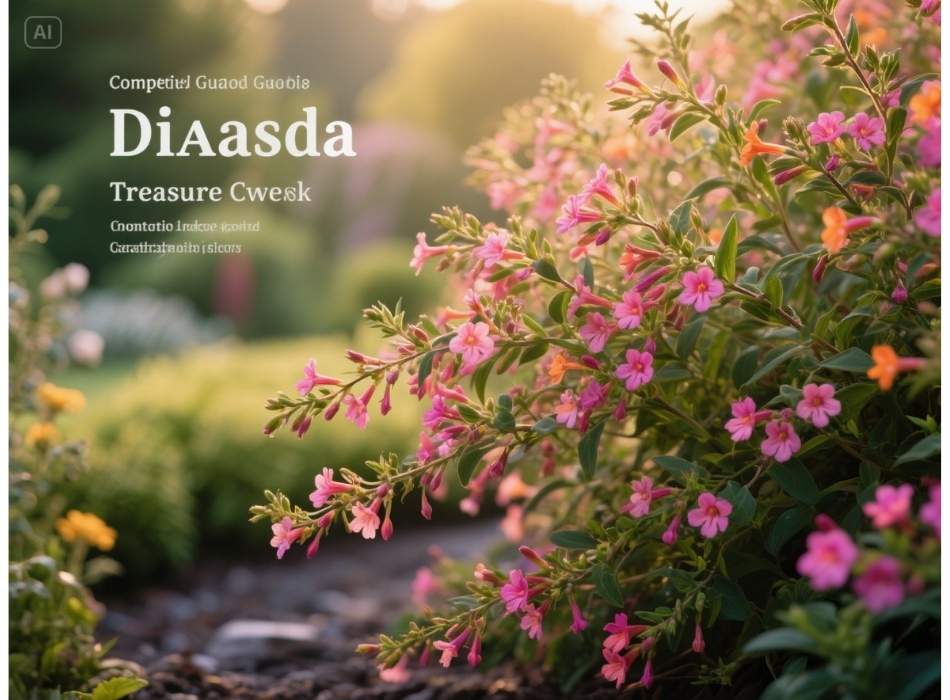Diascia often known as twinspur, is a delightful addition to gardens and landscaping projects. With its cascading foliage and profusion of vibrant blooms, it’s a plant that offers both beauty and versatility. Whether you’re a seasoned horticulturist or new to gardening, you’ll find diascia an excellent choice for various settings. This guide dives into everything you need to know about diascia—from its unique characteristics and planting tips to care essentials and creative design ideas.
What is Diascia

Diascia is a genus of flowering plants belonging to the Scrophulariaceae (figwort) family. It is native to southern Africa but has charmed its way into gardens worldwide. Known for their long blooming season and eye-catching flowers, diascia species are perfect for adding colour to garden beds, hanging baskets, and container gardens.
Key characteristics of diascia
- Flowers: Diascia plants are renowned for their lipped, tubular flowers, which resemble spurs, giving them the nickname ” twin spur.” They come in shades of pink, peach, orange, red, and lavender.
- Height and spread: Most varieties grow to a height of 6 to 12 inches, with a spread of up to 2 feet, making them ideal for groundcover or trailing over the edges of containers.
- Blooming season: Diascia starts blooming in late spring and continues until early fall, standing out as a long-lasting source of colour in gardens.
- Frost tolerance: Hardy in USDA zones 8 to 11, diascia thrives in mild climates. It may behave as an annual where winters are harsh, but can be maintained as a perennial in warmer areas.
Why Choose Diascia for Your Garden
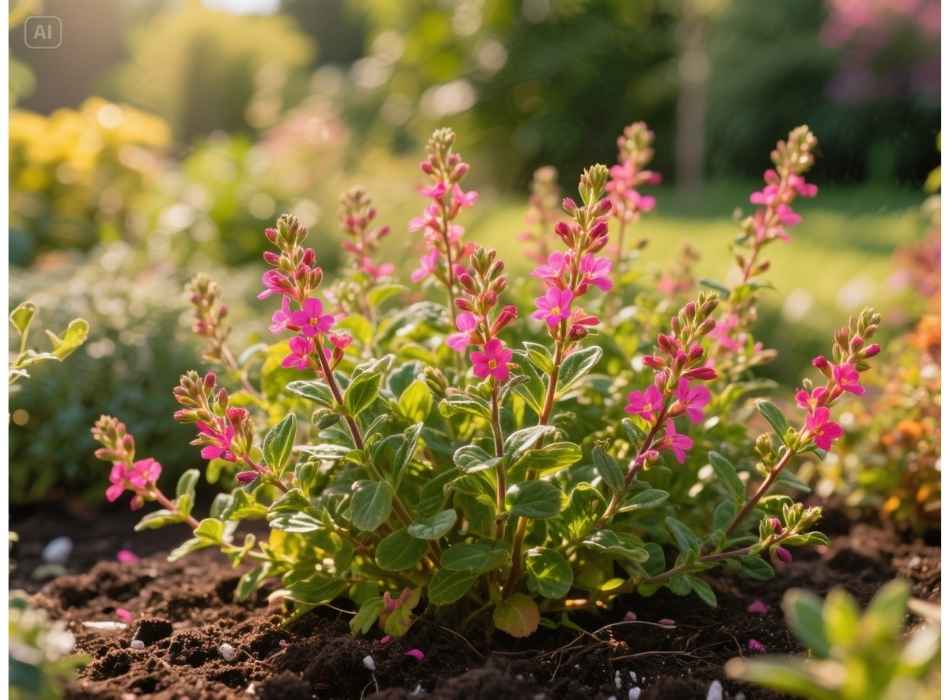
Before planting or growing diascia, it helps to understand its unique benefits. Here are some reasons why gardeners love this charming plant.
1. Long-lasting blooms
Few garden plants can rival the extended blooming period of diascia. With diligent care, these plants will flourish with vibrant blossoms lasting from spring all the way into fall.
2. Low-maintenance beauty
Diascia doesn’t require much expertise to thrive. It’s ideal for gardeners looking for a graceful flower that requires minimal effort. Focusing on the basics of watering, pruning, and occasional feeding will keep this plant happy.
3. Versatility in design
Due to its spreading growth habit and rich, colourful blooms, diascia fits seamlessly into any landscape. Use it to brighten borders, elevate container arrangements, or lend an elegant trailing effect to hanging baskets.
4. Pollinator-friendly plant
Diascia contributes to biodiversity in your garden by attracting pollinators like bees and butterflies. Please include it in a pollinator-friendly garden to support local ecosystems while enjoying its ornamental value.
How to Plant and Grow Diascia
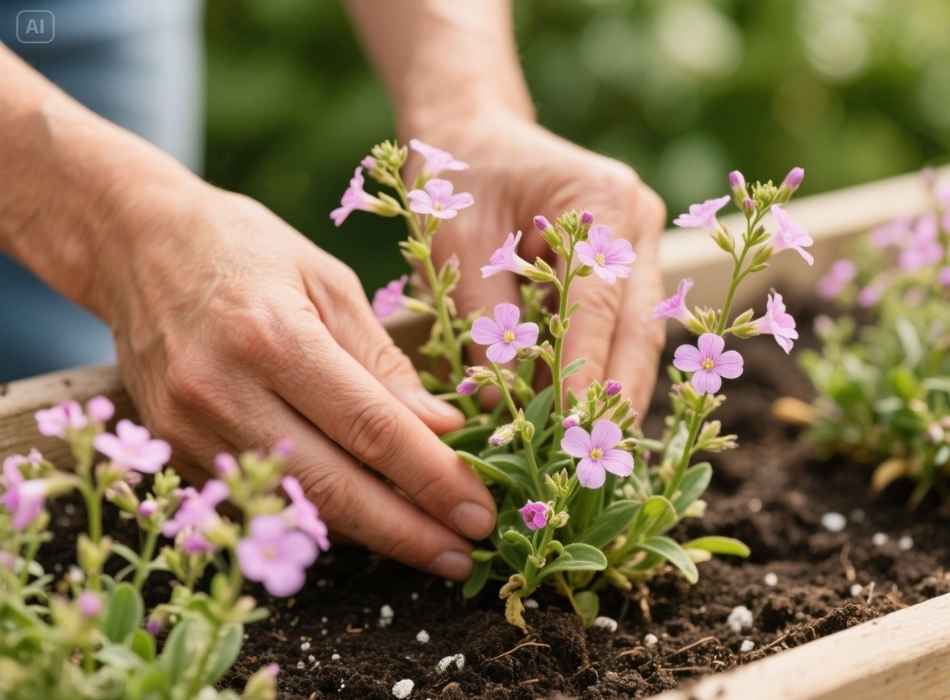
If you’re feeling inspired to grow diascia, here’s a step-by-step planting guide to ensure success.
Step 1. Choose the right location
Diascia flourishes in full sunlight, although it can tolerate partial shade in hotter climates. Look for a spot in your garden that gets at least 6 hours of direct sunlight daily. Ensure the location has well-draining soil to prevent waterlogging.
Step 2. Prepare the soil
Use light, fertile soil with good drainage for diascia. Amending the soil with compost or a sandy mixture improves aeration and promotes healthy root systems. Aim for a slightly acidic to neutral pH range (6.0–7.0).
Step 3. Plant diascia from seeds or cuttings
You can grow diascia from seeds or purchase potted plants at your local nursery. If starting from seeds, sow them indoors in late winter to early spring. Transfer them outside after the frost has passed—space plants at least 8 inches apart to accommodate their spreading growth habit.
Step 4. Water consistently, but avoid overwatering
While diascia thrives with consistent moisture, it dislikes waterlogged conditions. Water the plant regularly, but allow the top layer of soil to dry out between waterings.
Step 5. Feed for flourishing blooms
Apply a balanced, slow-release fertiliser every 4 to 6 weeks during the growing season. This will promote abundant flowering and healthy foliage.
Step 6. Prune for continuous blooming
Remove spent blooms (deadheading) throughout the growing season to encourage continuous flowering. A mid-season trimming of leggy stems can rejuvenate the plant, resulting in bushier growth and more blooms.
Popular Diascia Varieties
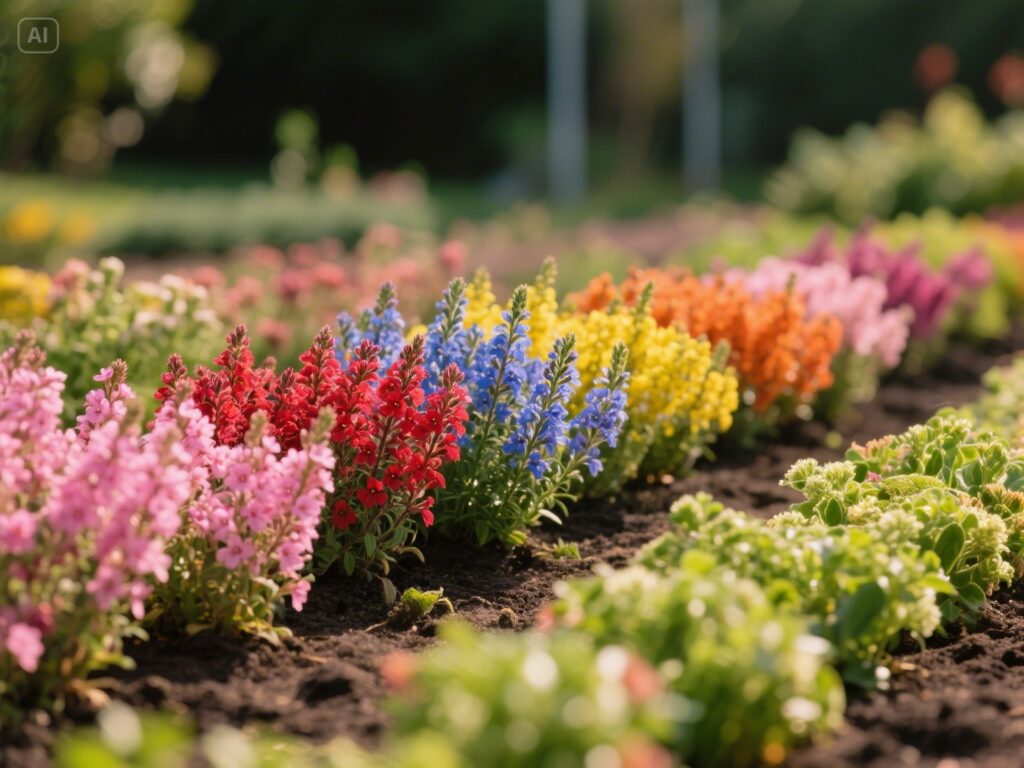
There are several varieties of diascia available, each offering unique colours and characteristics. Here are a few popular ones to consider.
- Diascia vigilis
This species features masses of light pink flowers and is well-known for its robust trailing habit, making it a fantastic choice for hanging baskets and retaining walls.
- Diascia barberae
Arguably the most popular twinspur species, Diascia barberae comes in a wide range of colours and is often hybridised to create striking new flower types.
- Diascia integerrima
Referred to as “pink queen,” this variety produces delicate pale pink flowers on wiry stems. Its natural elegance makes it a favourite for cottage gardens.
- Diascia fetcaniensis
With a more compact growth habit, this diascia variety is ideal for ground cover in small garden beds. Its charming orange blooms add warmth to any space.
Creative Ways to Use Diascia in Your Landscape

One of Diascia’s standout features is its versatility. Here are some creative ideas for incorporating it into your landscape.
1. Hanging baskets and window boxes
Plant diascia in hanging baskets or window boxes to take advantage of its trailing growth. Pair it with complementary species like lobelia or ivy for a layered, overflowing effect.
2. Garden borders
Interplant diascia with other perennials or annuals to add bursts of colour to garden borders. Its low, mounding habit creates a clean yet vibrant edge for walkways or garden beds.
3. Rock gardens
Diascia’s drought tolerance makes it an excellent candidate for rock gardens. Combine it with succulents, ornamental grasses, or creeping thyme for a texturally rich, low-maintenance space.
4. Mixed containers
Diascia pairs beautifully with taller accent plants like salvias or ornamental grasses in mixed-container arrangements. Choose colour palettes that harmonise or contrast to create visual interest.
Troubleshooting Common Problems
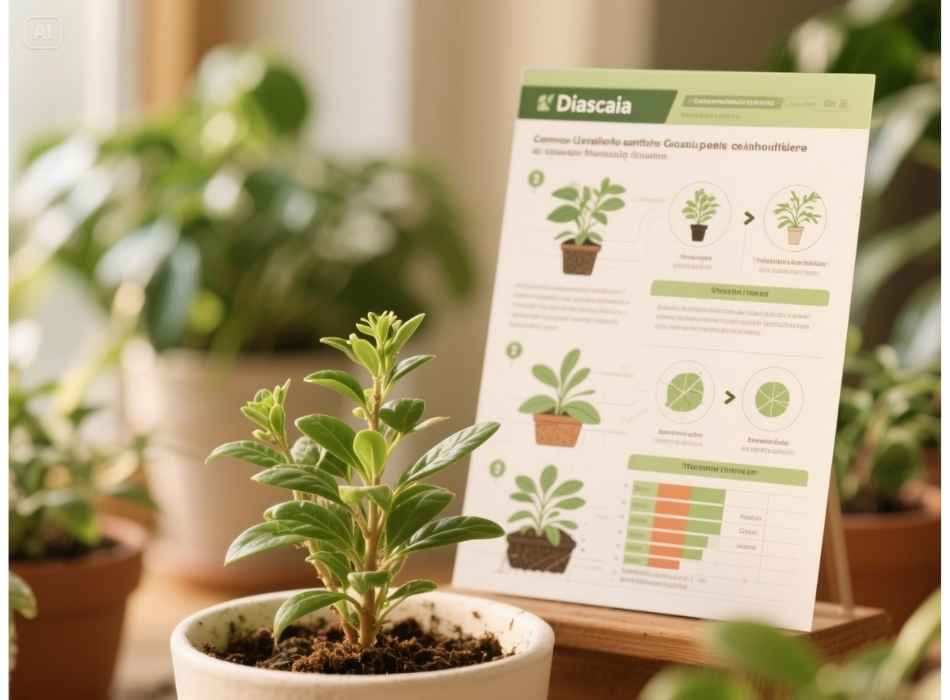
Despite being a relatively low-maintenance plant, diascia can occasionally face issues. Here’s how to address some common problems.
- Yellowing leaves: Likely caused by overwatering. Check soil drainage and adjust your watering schedule.
- Lack of blooms often results from insufficient sunlight or poor soil nutrition. Relocate the plant to a sunnier spot or feed it with a phosphorus-rich fertiliser.
- Pest damage: Look out for aphids or spider mites. Use insecticidal soap or neem oil to tackle infestations.
Get Creative with Diascia in Your Garden
Diascia is much more than a pretty plant; it’s a versatile addition to any garden that offers rich blossoms, low-maintenance care, and endless design possibilities. Whether you’re brightening up a balcony with hanging baskets, designing lively borders, or creating pollinator-friendly gardens, diascia has you covered.
Why not try growing diascia this season and explore how these delightful flowers can transform your space? Happy gardening!







